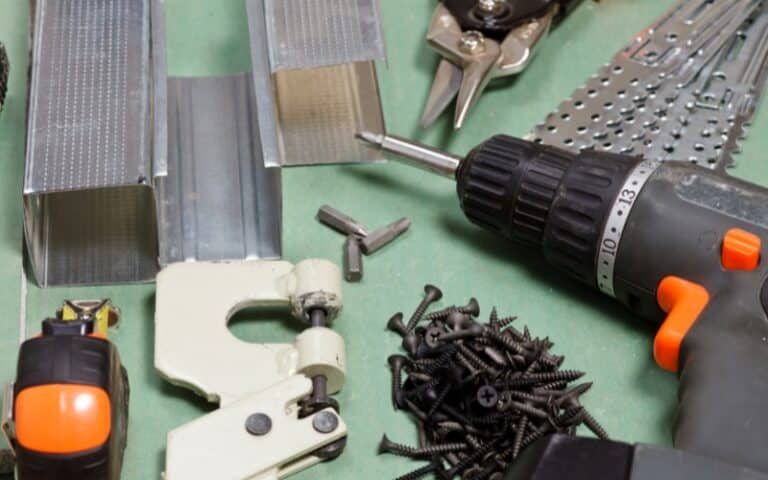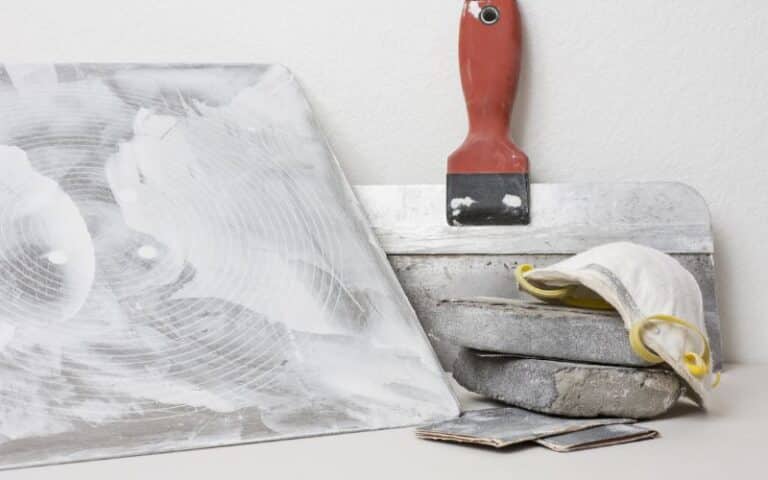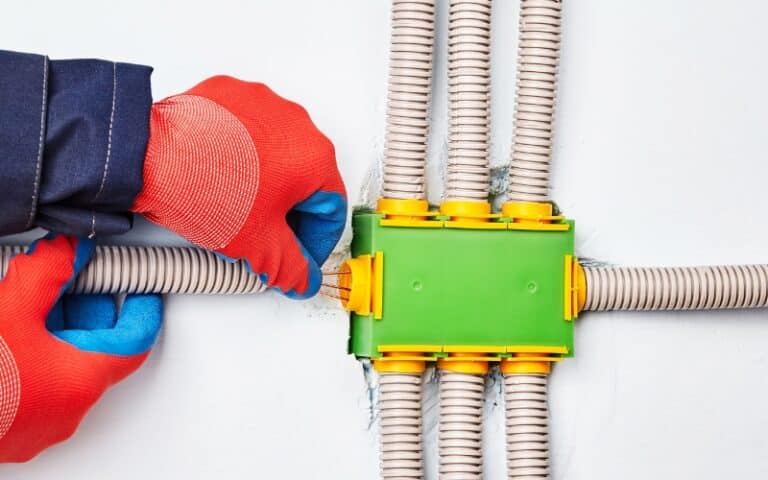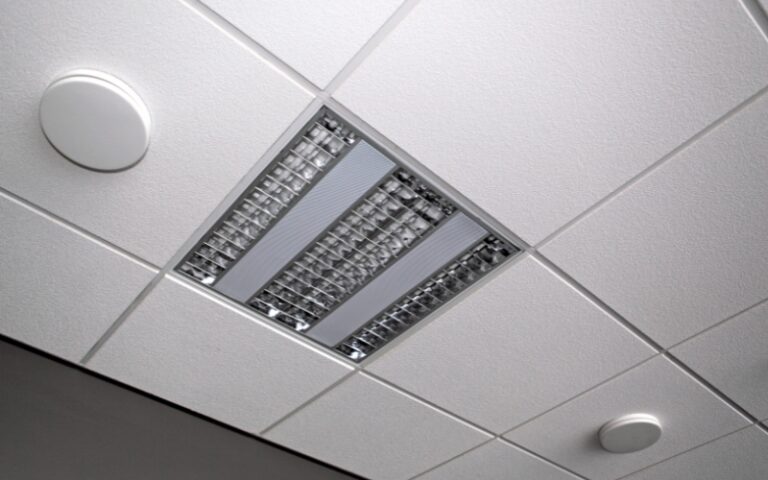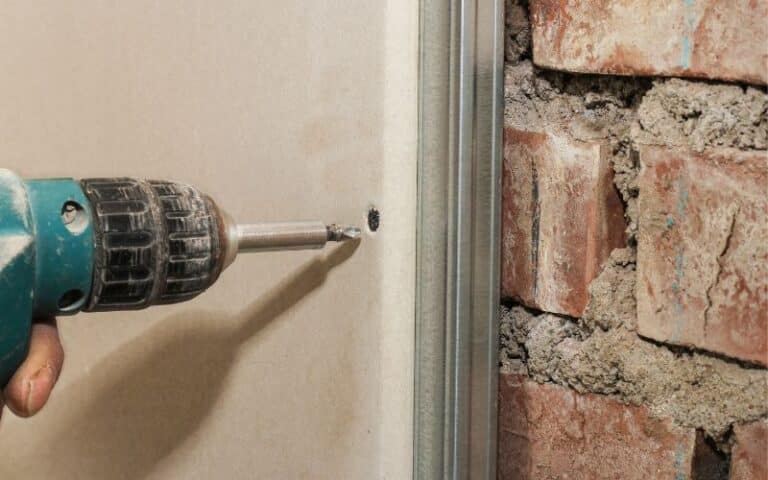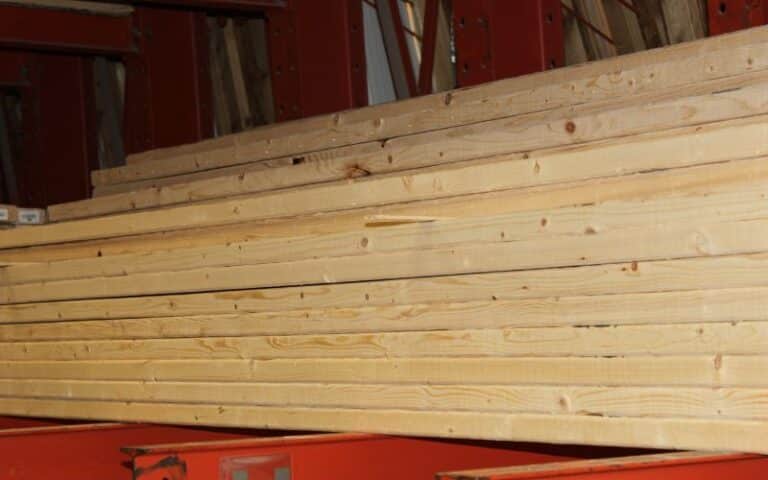When renovating a home, paying attention to the little details is essential. You sometimes notice your door having difficulty opening and closing.
As such, one of the most important things to consider when installing a door frame is whether the door jamb is flush with the drywall.
That is a crucial decision that can make all the difference in the look and function of the door frame. So should your door jamb be flush with the drywall?
Yes, your door jamb should be flush with the drywall to ensure it works smoothly and securely while looking fine. If it doesn’t sit flush, you will have issues using your door, and the temperature in the room will fluctuate due to the gap. So, having your door jamb flushed with the drywall is excellent for its overall working condition.
In this article, I’ll explain if your door jamb should be flush with the drywall and why it does. I’ll then explain how to make your doorjamb sit flush with already installed drywall.
By the end of this article, you’ll know if your door jamb should be flush with the drywall. You’ll also learn how to make it flush with installed drywall if it isn’t.
Ready for a Drywall Quiz?
Why Does Door Jamb Need to Sit Flush with Drywall?
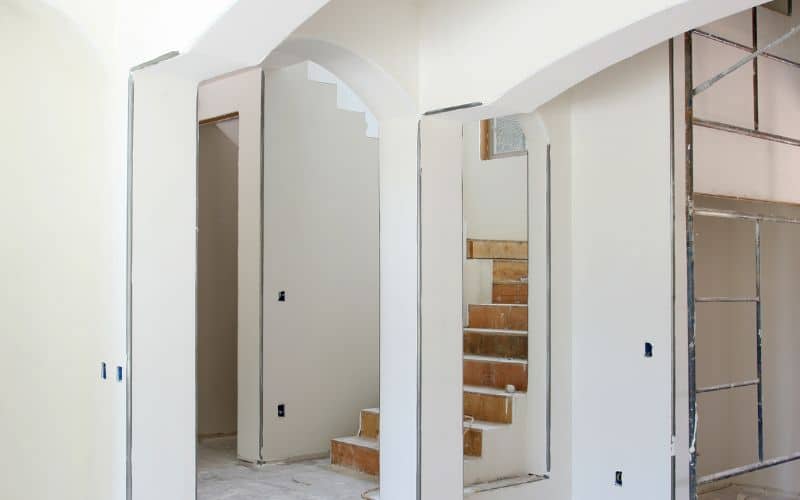
A door jamb flush with drywall is essential to any door installation. However, there are reasons you should ensure it does.
- Energy efficiency and soundproofing
- Seamless transition
- Reduced risk of damage
- Aesthetic appearance
- To avoid pest infestation
#1. Energy Efficiency and Soundproofing
Your door jamb should be flush with the drywall to ensure it’s properly sealed, improving energy efficiency and soundproofing.
If it doesn’t sit flush, air will flow in and out of the wall gap so the temperature won’t be constant.
Then you work your heater or AC harder to maintain the temperature in the room, thereby increasing the amount spent on energy bills.
So the door jamb must sit flush so air regulates and does not seep in and out of place.
With that, there is no air leak, and you need not spend more money on energy costs, also improving comfort.
#2. Seamless Transition
When the jamb is flush with the drywall, it seamlessly transitions between the door and the drywall, allowing it to open and close easily.
#3. Reduced Risk of Damage
If your door jamb is flush with the drywall, it can help reduce the risk of damage to the drywall due to repeated door opening and closing.
A flush door jamb will keep the door firmly in place and prevent it from shifting over time. If your jamb isn’t flush with the drywall or not installed well, it damages the door.
So ensuring the jamb sits flush with the drywall eliminates the risk of the door damaging easily.
#4. Aesthetic Appearance
The look of a house matters; if the door jamb isn’t flush with the drywall, it can reduce the property value.
That’s because the unsightly gap or unevenness will ruin the house’s look, reducing the door’s appearance and value in the eyes of the buyer.
#5. To Avoid Pest Infestation
Your door jamb flush with the drywall is another way to reduce the risk of pests creeping in and out of your home. If it isn’t flush, pests can enter your home through the gap in the door.
So when installing a door, it is essential to flush the jamb with the drywall for optimal performance and aesthetics.
It’s best to use shims when fitting the jamb into the frame to sit flush against the drywall.
You do this by placing shims at the frame’s back and gently tapping them until you level the jamb with the surrounding wall.
Then use screws to secure the jamb. Make sure the screws penetrate deep enough into the studs so that they have a secure grip.
Can Drywall Go Behind the Door Frame?
The short answer is yes; you can install drywall behind a door frame. With it behind the door frame, you can add finishings like paintings and wallpaper to the wall.
However, taking the necessary steps to ensure the door jamb sits flush with the drywall is essential. That is important for several reasons.
First, a gap between the door jamb and the drywall can create an air pocket allowing sound and heat resulting in an inefficiently insulated space.
Second, this gap can also create an uneven surface on either side of the door frame, making it more challenging to open and close the door.
Finally, an uneven surface will create a finished product that looks unprofessional and unfinished.
To ensure that the door jamb sits flush with the drywall, you will need to shim the wall before installing it.
Shimming involves placing small pieces of wood behind the door frame to create a level surface. Once you have shimmed the wall, then you can go ahead and install the drywall.
When you place your drywall behind the door frame, taking note of the measurement is important. The drywall you will cut should fit the door frame snugly.
The key is to ensure that all of your measurements are accurate and that you shim any areas that need it to create a perfectly even surface.
Placing your drywall behind the door frame has its pros and cons.
The table below shows the pros and cons of installing drywall behind a door frame.
| Pros | Cons |
|---|---|
| Installing is easier because you anchor the drywall directly to the door frame. | It can be difficult and time-consuming to repair when damaged. |
| It is cost-effective and requires less labor and time. | Not anchoring the door frame securely before drywall installation could damage the drywall. |
| It provides better insulation in the house. | Improper installation can affect the door and how it functions. |
| It makes the wall’s appearance look seamless. | Waste of material like the drywall cut out to place the door frame opening. |
How Can You Make Door Jamb Sit Flush with Already Installed Drywall?
The key to getting your door jamb to sit flush with the drywall is to ensure that you install the door jamb properly.
That means ensuring the door jamb is level and that all screws are secure. You may need to add additional screws or use larger screws to provide a secure installation.
Also, use a measuring tape to take the gap measurement of your door jamb and drywall. That will let you know if you need to trim or shim the door jamb.
You trim the gap with a jamb saw; if it exceeds ¼ inch or is over ¼ inch, fill it with shims. If your door jamb is slightly out of alignment, use shims behind it to adjust.
If you have installed your drywall, you should cut a small section away to fit the door jamb in. Use a drywall saw or utility knife to make the necessary cuts.
Once the hole is big enough, you can fit the door jamb into the space and secure it with screws. Ensure the door jamb sits flush with the drywall before attaching it.
Finally, once the door jamb is in place, you must fill gaps or voids between it and the drywall with a joint compound.
Use a putty or taping knife to spread the compound evenly, and then sand the surface when it has dried completely.
These steps will help ensure your door jamb sits flush with your drywall for a professional and finished look.
You can also install a jamb extension to make it sit flush with the drywall. Any route you choose to go, ensure you do it properly.

